What works are not subject to copyright? We will examine in more detail in this matter.
In such areas of human activity as literature, science and art, there are objects that are protected by the right to authorship. The legislation does not provide for the definition of such a concept. A priori, it is believed that the right to authorship is obvious, and there is no need to give separate explanations about what it is. In this case, it is much more important to give a definition and criteria for ranking as objects of copyright. Not all those that are not included in this list are such.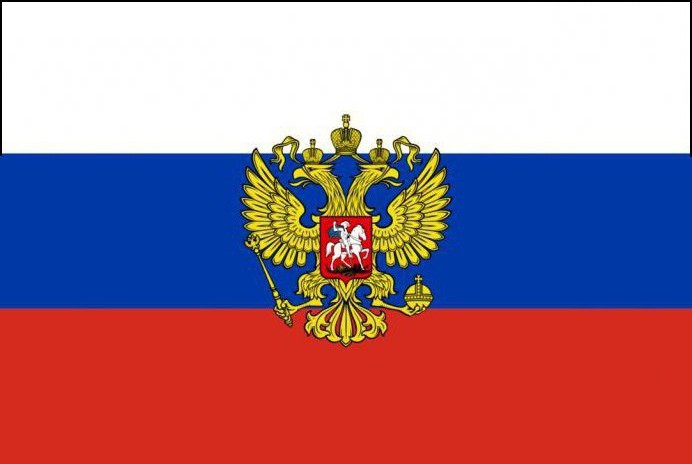
Criteria
The legislation provides for two main criteria by which the need to protect the right to authorship is determined. There is also an approximate list of works that, if they meet the criteria, are part of copyright objects. In addition, the law establishes the scope of authorship rights.
Thus, copyright includes works of literature, science and art according to the following criteria:
- Works are the result of activities in the creative field.
- The existence of works in any objective form.
If one of the criteria is absent, it is inexpedient to speak of the existence of a right to authorship of a work. It should be noted that the object of copyright can be not only the whole work, but also its individual parts, for example, the title, if it meets the specified criteria and has the ability to be used separately.
So, let's see what is not subject to copyright.
Definition of Creativity
Usually, creative activity is defined as mental, that is, spiritual, intellectual, or mental. Its result is the creation of an independent creative work of art, science and literature. Sometimes such an activity is called productive, and it is the opposite of reproductive, which is expressed in the processing of ready-made thoughts or images in accordance with the formal rules of logic.
Naturally, creativity is a subjective concept. If for one person the conclusion on scientific work is the result of strong creative tension, for others this is the standard result of the work of a specialist of a certain qualification. For this reason, even despite the fact that many articles and books have been written on this topic, it was not possible to find a generally accepted criterion for determining creative activity.
What is the practice?
In practice, the creative criterion is not unreasonably reduced to the very fact of creating the result of intellectual activity independently. Simply put, it is generally accepted to consider any mental work as a creative activity, the result of which should be protected by the right to authorship. However, he will lose his status if it is proved that the work was created by copying, plagiarism or piracy. Also, it may not be recognized as containing copyright under the law or converted into an object of the patent sphere. We can say that in this case there is a kind of creative presumption not only of individual intellectual activity, but also of any result obtained in its process.
If the fact of pirated copying is established, the court as a body considering the conflict, as a rule, appoints an examination.Specialists whose qualifications apply to the corresponding creative fields make a decision on the independence of the creation of a work or its illegal partial or full copying from another author. Other people's works are not objects of copyright.
If the fact of using someone else’s materials is proved, the object will cease to apply to copyright. In addition, appropriate measures will also be taken to protect the rights of the real author.
The definition of creativity as the creation of an independent work is justified also because literary, scientific or artistic characteristics do not matter for copyright. The field of copyright provides for the protection of all independent creative works, regardless of their dignity and purpose. History knows many examples of harsh criticism and rejection by contemporaries of certain achievements of literature, science and art, up to the persecution of their authors. Subsequently, the authors of these works were praised. For example, the paintings of some abstract artists criticized earlier were then recognized as masterpieces of painting and sold at auctions for fabulously big money. Sometimes the opposite happened. However, copyright does not affect all these points in any way. Is an architectural project copyrighted? About it below.
Objective form of work
The law describes an approximate list of forms of works that are objective:
- Written. It can be a typescript, manuscript, musical notation, etc.
- Oral. For example, performance, public speaking, etc.
- Audio and video recording. It is made on magnetic, mechanical, digital, optical and other carriers.
- Volumetric and spatial. That is, a model, sculpture, layout, etc.
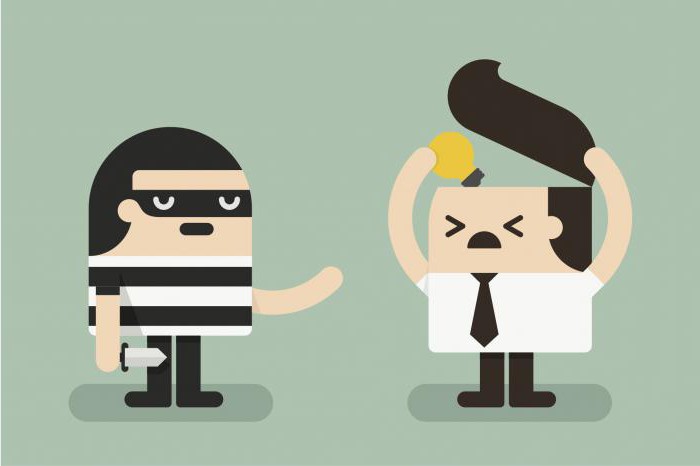
Recording involves fixing images and sounds through various technical means, expressed in material form. You must be able to play the recording repeatedly. Speaking in public, for example, in court, at a lecture, sermon, or during a talk, also refers to the oral form.
As a rule, the objective form of a work is expressed through various carriers, whether they are material or bodily. It can be canvas, paper, marble, disks, etc. At the same time, the material carrier itself also has property or ownership rights. It is emphasized, however, that this does not turn literary and artistic images, as well as scientific concepts, into objects of the material plane.
The copyright of most countries is creative work. The way of expression does not play any role. Many poets, for example, loved to write their poems on cigarette boxes, cuffs or scraps of paper. Vysotsky preferred to write poems on cards of mounting tapes during filming periods. Similar ways of fixing creative works do not matter. If there is an attempt to publish poetry under a false name and this fact is proved, the poet’s copyrights will be restored, and the actions of the other side will be considered plagiarism in court.
The publication of the work
Like the objective form, such an aspect as the publication of a work is also irrelevant. Copyright is recognized both for published and non-published works if they are expressed in an objective form. In other words, copyright is assigned both to a work lying in the writer's desk and to a published work.
The publication of a work means an action carried out with the consent of the author, which makes his work available to the general public. Publication can be expressed in various forms, namely in the form of publication, public performance or display, broadcasting, etc.A work is made public from the moment when it becomes available to an indefinite number of people, regardless of the number of people who actually perceived it.
The publication is the release into circulation of a certain number of copies, of course, with the consent of the author. The authors of the copyright are those who created these works.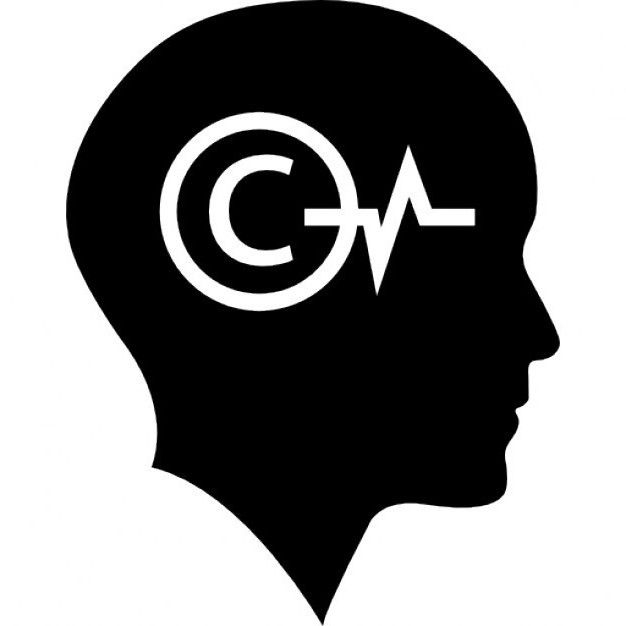
The quantity should satisfy the reasonable needs of the public, potentially interested in the work of the author. In this form, many works of literature are published, including scientific, and they are published in print runs taking into account the demand from readers.
The display of a work is the presentation of the original or a copy of the work in person or through recording, television or other modern technical means. Most often, paintings or films are made public through the show. Works that are not subject to copyright, we consider below.
Execution involves the presentation of a work using recitation, playing, singing, dancing live, etc. Also, the performance is carried out through various technical means, for example, cable television, broadcasting, etc., as well as showing an audiovisual work, accompanied by frames in a certain sequence.
In order for all these methods, whether performance, show or performance on the air, to be considered public disclosure, a public demonstration is required, that is, the work must become as accessible as possible to an indefinite number of persons. A public display, performance or message is considered such if they occur using technical means in a place where there is free access, where a large number of people can gather except acquaintances and family members.
Varieties of copyright
Since all works that meet the criteria indicated above relate to copyright and must be protected by law, their list is approximate and contains the most common objects. This takes into account not only the objective form of these works, but also the purpose, scope, genre and relationship with other creative works. Is the photograph subject to copyright? Let's figure it out.
List
So, objects of copyright can be considered:
- The works of literature.
- Works and pantomimes included in the group of dramatic, scenario, musical and dramatic, choreographic, musical, etc.
- The works of the audiovisual category. This includes television, movies, videos, filmstrips, slides and other works of this kind. They consist of a series of frames connected among themselves, and can be accompanied by an audio track. Such works are intended for auditory and visual perception through the necessary technical equipment. What else is on the list of copyright?
- These are works of fine art, including graphic stories, comics, graphics, design, sculpture and painting.
- Works of scenographic and decorative art. The latter involves a two-dimensional or three-dimensional product, which was transferred to household items, including the issue of industrial production.
- Works of urban planning, architecture and landscape art.
- Works of photographic art and similar to it.
- Geological, geographical and other types of plans, maps, sketches and plastic works. And which works are not copyrighted?

All of the above copyright objects can be divided into many varieties and subspecies. For example, works of literature may be intended for the educational, scientific or artistic field. Some types of works are directly described by law, for example, in the case of comics.However, all species, not even included in the list above, can become objects of copyright only if they arise as a result of creative activity and have an objective form.
Of the listed works are copyright objects all without exception.
Each author has individual and unique abilities, he independently creates his own work, which makes it original. However, some independent works can also be associated with others, supplementing them or having a new form of expression. Similar works are often called derivatives. This can be processing, translations, abstracts, annotations, reviews, resumes, arrangements, dramas, etc.
But what kind of works are not subject to copyright? Answer options are of interest to many.
In addition to derivative works, collections of anthology, encyclopedias, databases, etc., as well as other works that are the result of creative work consisting in the selection and systematization of the collected materials are justly considered copyright objects.
Non-copyright works
In addition to the above works, the law also contains a list of those that are not part of the objects of copyright. In particular:
- Documents recognized as official are not objects of copyright. Namely, court decisions, laws, as well as other texts of judicial and administrative practice and their officially certified translations.
- The objects of copyright in the Russian Federation are not symbols and signs that are state. It can be orders, coats of arms, flags, banknotes, etc.
- Works of creativity of the people.
- Messages about facts and events that are informational in nature.
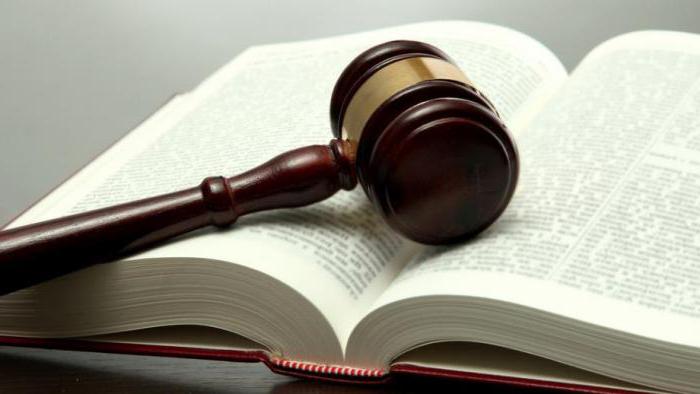
Cause
The reason why these works cannot be considered copyright is quite simple - people who wrote a draft law or made a sketch of a banknote cannot influence their use, as they are state property. That is why the phrase "author of the law or flag" should be perceived only in the domestic plane. There is no copyright meaning in this.
It should be noted that creative work on the systematization of court decisions, laws, as well as administrative and other acts is a reason for attributing the result of such work to copyright.
Copyright, among other things, does not apply to methods, ideas, processes, methods, systems, principles, concepts, facts and discoveries. Such a restriction is due not to the state of ownership of the work, but to the fact that copyright does not have the ability to provide the necessary control over the listed achievements.
Scope of Copyright
Russian copyright protects works of literature, art and science, depending not only on their objective form and nature of creativity, but also taking into account their location, method of publication and citizenship of the creators. The combination of these factors is decisive for the scope of the right to authorship.
All published and non-published works presented in an objective form within the territory of Russia have the right to authorship. Citizenship of the authors and their successors does not matter. Outside the borders of our country, copyright is recognized by the creators of works only if they have Russian citizenship. The recognition of copyright for a work of foreign citizens occurs only on the basis of international treaties, in particular the Berne Convention.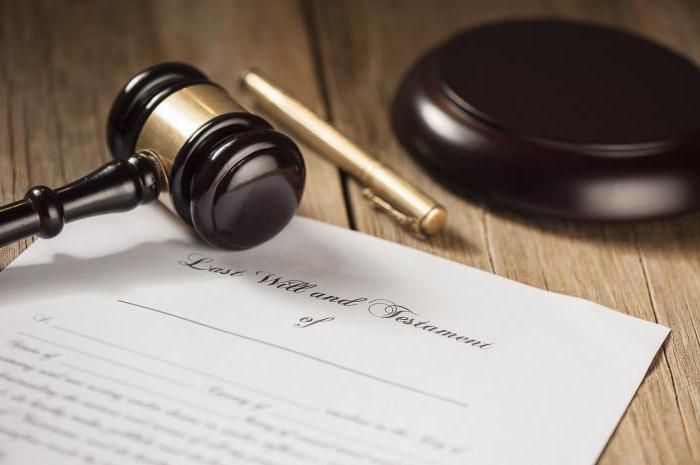
The first publication in Russia is considered to be a work that was presented within 30 days after the international presentation in the Russian Federation.
Please note that copyright infringement is a criminal offense and may be prosecuted.Most often we are talking about material and moral compensation for the use of a work that is the subject of authorship.
What works are not copyrighted? We considered the answer to this question.